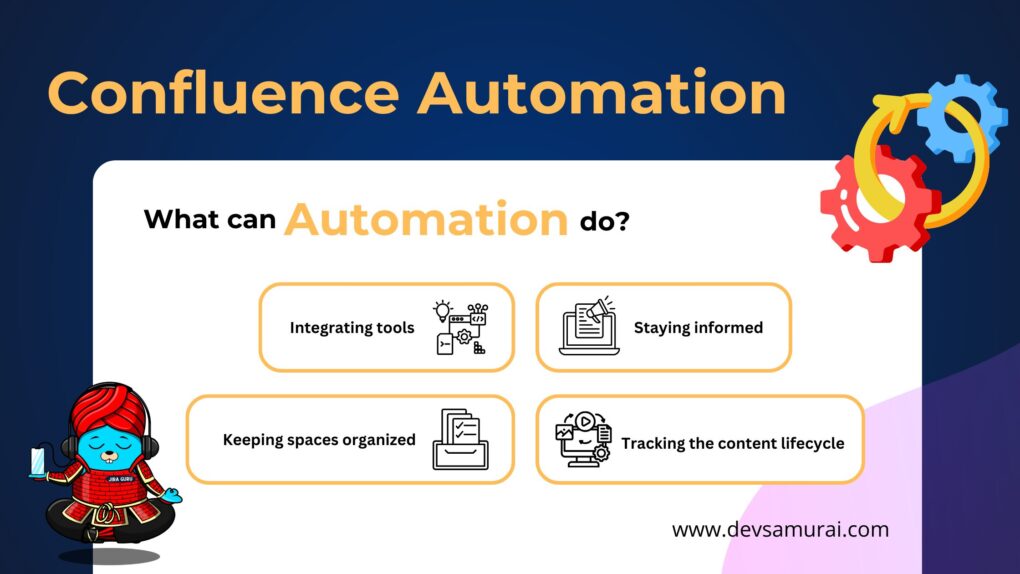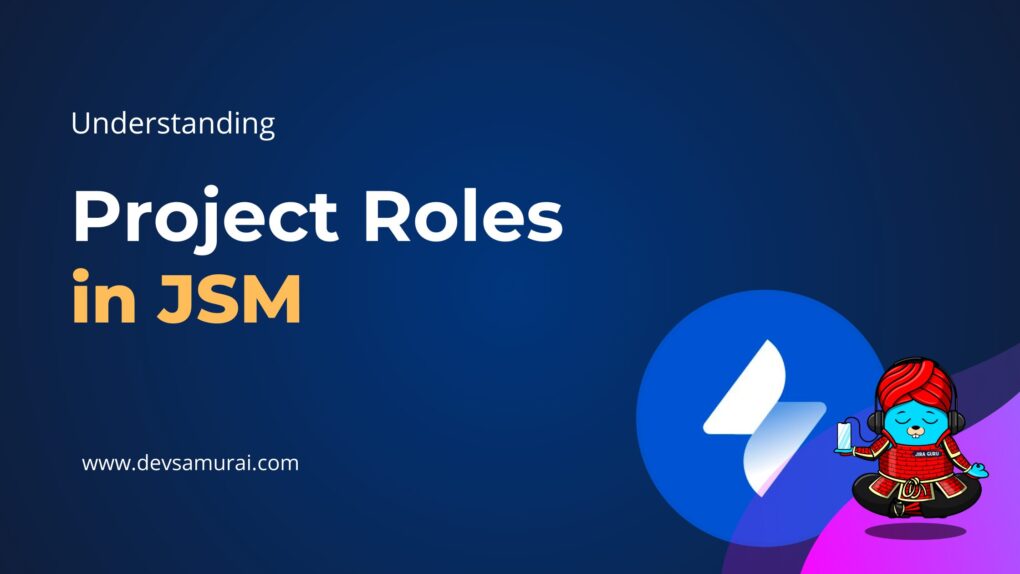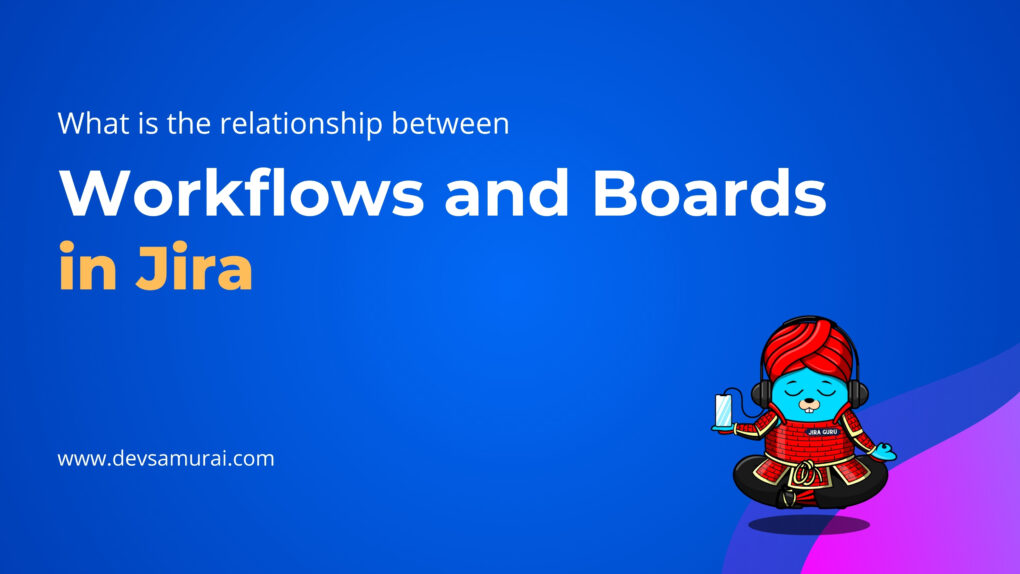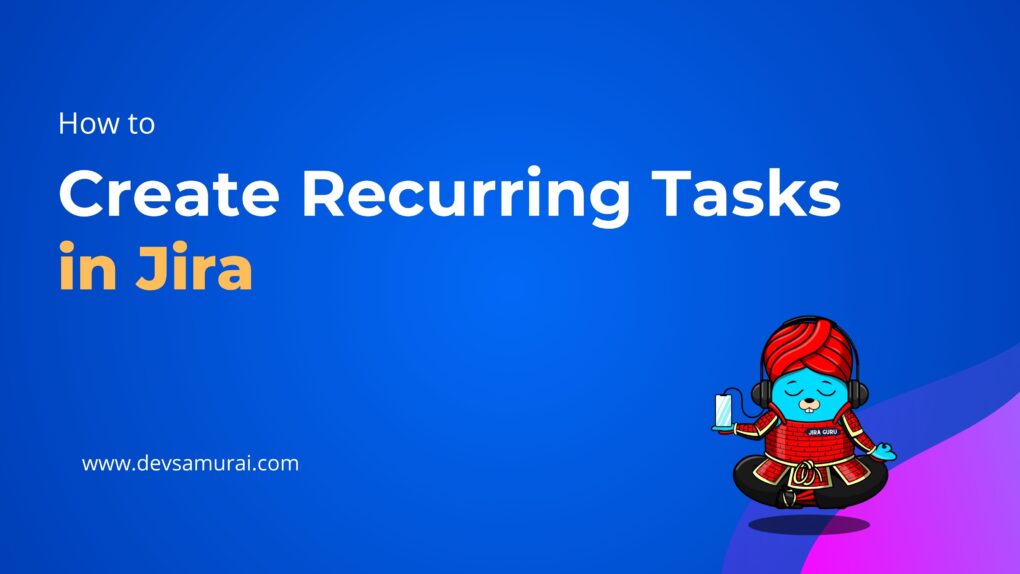As a project manager or team leader, it is crucial to effectively prioritize the product backlog in Jira to ensure that the most valuable features and improvements are delivered to the customers. Prioritization helps in making informed decisions, maximizing the team’s productivity, and delivering a high-quality product. In this article, I will guide you through various methods of prioritizing Jira product backlogs and help you choose the right one for your team.
The Importance of Prioritizing the Product Backlog
Prioritizing the product backlog is essential for several reasons. Firstly, it allows the team to focus on delivering the most valuable features and improvements to the customers. By prioritizing, you ensure that the items with the highest business value or customer impact are given the highest priority. This helps in maximizing the return on investment and meeting customer expectations.
Secondly, prioritization helps in managing dependencies and risks effectively. By understanding the criticality of each item in the backlog, you can identify potential risks and address them proactively. Prioritization also enables you to identify dependencies between different backlog items and plan accordingly, avoiding bottlenecks and delays.
Lastly, prioritizing the product backlog improves team collaboration and communication. By involving the entire team in the prioritization process, you foster a sense of ownership and empower them to contribute their insights. This leads to better alignment and understanding of the team’s goals and priorities.
=>> Understand Jira Prioritization
Common Methods for Prioritizing Jira Product Backlogs
There are several methods available for prioritizing Jira product backlogs. Let’s explore some of the most commonly used methods:
Method 1: RICE Prioritization
RICE stands for Reach, Impact, Confidence, and Effort. This method involves assigning a score to each item in the backlog based on these four factors. Reach refers to the number of customers or users who will benefit from the feature. Impact measures the potential business value or customer satisfaction. Confidence represents the level of certainty in estimating the effort required for implementation. Effort is the amount of time and resources needed to complete the item.
By calculating the RICE score for each item, you can prioritize them accordingly. Items with higher RICE scores should be given higher priority as they are likely to have a greater impact and reach.
Method 2: MoSCoW Prioritization
MoSCoW prioritization is a simple and effective method for prioritizing backlog items. It involves categorizing items into four categories: Must have, Should have, Could have, and Won’t have. Must-have items are critical and essential for the product’s success. Should-have items are important but not critical. Could-have items are desirable but not necessary. Won’t-have items are low priority or not feasible at the moment.
By categorizing the items into these four buckets, you can focus on delivering the must-have items first and then move on to the should-have and could-have items.
Method 3: Kano Model Prioritization
The Kano model prioritization method focuses on customer satisfaction and delight. It involves categorizing items into three categories: Basic, Performance, and Excitement. Basic items are the minimum requirements that customers expect from the product. Performance items are enhancements that improve customer satisfaction. Excitement items are unexpected features that delight the customers.
By understanding the different categories and the corresponding customer expectations, you can prioritize the items accordingly. This method helps in delivering a product that not only meets customer expectations but also exceeds them.
Method 4: Value vs. Effect Prioritization
Value vs. Effect prioritization is a method that considers both the value of an item and its effect on the product. Value refers to the potential business value or customer impact. Effect measures the effort required to implement the item and its impact on the product’s architecture or technical debt.
By plotting each item on a value vs. effect matrix, you can prioritize them based on their relative importance. Items with high value and low effect should be given higher priority as they offer significant benefits with minimal effort and risk.
Method 5: Opportunity Scoring Prioritization
Opportunity scoring prioritization involves assigning a score to each item based on the opportunity it presents. The score is calculated by considering factors such as market demand, competitive advantage, strategic alignment, and resource availability.
By evaluating the opportunities presented by each item, you can prioritize them accordingly. Items with higher opportunity scores should be given higher priority as they offer greater potential for business growth and success.
Choosing the Right Prioritization Method for Your Team
Now that you are familiar with various prioritization methods, it is important to choose the right one for your team. Consider factors such as the team’s size and expertise, the nature of the project or product, and the stakeholders’ expectations.
It is also crucial to involve the entire team in the decision-making process. By gathering input and insights from team members, you can ensure that the chosen method aligns with their expertise and preferences. This fosters a sense of ownership and commitment, leading to better collaboration and productivity.
Learn how to manage Enterprise-size project
Implementing the Chosen Prioritization Method in Jira
Now that we’ve explored some common methods for prioritizing Jira product backlogs, let’s discuss how you can implement your chosen prioritization method within the Jira platform.
RICE Prioritization in Jira
1. Create Custom Fields in Jira:
- Navigate to Jira Administration.
- Under “Issues” select “Custom Fields.”
- Create custom fields for Reach, Impact, Confidence, and Effort. Use Number field types for Reach, Impact, Confidence, and Effort.
2. Calculate the RICE Score:
- Once custom fields are created, define a formula to calculate the RICE score.
- Example formula: RICE Score = (Reach × Impact × Confidence) / Effort.
3. Sort Backlog Items Based on RICE Scores:
- Assign values to Reach, Impact, Confidence, and Effort custom fields for each backlog item.
- Calculate the RICE score for each backlog item using the defined formula.
- Configure Jira boards and filters to sort backlog items based on their RICE scores.
4. Utilize Jira Dashboards and Reports:
- Create custom Jira dashboards to visualize RICE scores and track prioritization progress over time.
- Use gadgets like Filter Results and Two Dimensional Filter Statistics to display RICE scores and trends.
- Generate reports to analyze RICE scores across different projects or sprints.
MoSCoW Prioritization in Jira
1. Utilize Jira’s Built-in Priority Field
- Jira comes with a built-in priority field that allows categorization of backlog items as Must have, Should have, Could have, and Won’t have.
- Ensure the priority field is visible on relevant screens and boards.
2. Create Jira Filters and Boards
- Define Jira filters to view backlog items based on their priority levels (e.g., “Must have”, “Should have”).
- Configure Jira boards to display backlog items categorized by priority levels.
3. Set Up Jira Workflows:
- Design Jira workflows to ensure that must-have items are addressed before moving on to should-have and could-have items.
- Implement workflow transitions and conditions to enforce prioritization rules.
Kano Model Prioritization in Jira
1. Define Custom Fields in Jira:
- Create custom fields in Jira to capture the Kano model categories: Basic, Performance, and Excitement.
- Use dropdown or checkbox field types to represent these categories.
2. Classify Backlog Items
- Assign each backlog item to one of the Kano model categories based on its perceived impact on customer satisfaction.
- For example, a basic feature might be “User Authentication,” a performance feature might be “Faster Load Times,” and an excitement feature might be “Augmented Reality Integration.”
3. Visualize Kano Model Categories:
- Utilize Jira boards to visually represent backlog items categorized by Kano model categories.
- Create swimlanes or labels for each Kano model category to easily identify and prioritize backlog items.
Value vs. Effect Prioritization in Jira
1. Create Custom Fields in Jira:
- Define custom fields in Jira to capture the value and effect of each backlog item.
- Use numeric fields to quantify the value and effect metrics.
2. Plot Backlog Items on a Matrix:
- Plot each backlog item on a value vs. effect matrix using the custom fields.
- Assign values to backlog items based on their potential business value and the effort required for implementation.
3. Prioritize Backlog Items:
- Prioritize backlog items based on their position on the value vs. effect matrix.
- Focus on high-value, low-effect items first to maximize the return on investment.
Opportunity Scoring Prioritization in Jira
1. Develop a Scoring System:
- Define a scoring system within Jira to evaluate the opportunity presented by each backlog item.
- Identify factors such as market demand, competitive advantage, strategic alignment, and resource availability to score backlog items.
2. Incorporate Opportunity Scores:
- Assign opportunity scores to each backlog item based on the defined scoring system.
- Use Jira workflows and dashboards to incorporate opportunity scores into prioritization decisions.
3. Regular Review and Update:
- Regularly review and update opportunity scores based on changing market conditions and business priorities.
- Foster collaboration among stakeholders to ensure that opportunity scores accurately reflect the evolving needs of the project.
By integrating your chosen prioritization method directly into Jira, you can streamline the prioritization process, improve transparency across the team, and ensure that backlog items are aligned with your overall project goals and objectives. Experiment with different methods and adapt them to suit your team’s unique needs and preferences for efficient backlog management in Jira.
It is important to train the team on using Jira effectively for backlog prioritization. Provide them with the necessary guidance and resources to ensure a smooth transition. Regularly review and refine the prioritization process based on feedback and learnings.
Tools and Plugins to Assist with Backlog Prioritization in Jira
In addition to Jira’s built-in features, there are several tools and plugins available that can further assist with backlog prioritization. These tools provide advanced analytics, visualization, and collaboration capabilities, making the prioritization process more efficient and effective.
Some popular tools and plugins for backlog prioritization in Jira include:
RouteMap: Provides advanced planning and roadmap capabilities, allowing you to visualize and prioritize the backlog based on multiple factors.
TeamBoard TimePlanner: Helps in resource allocation and capacity planning, enabling you to prioritize the backlog based on team availability and workload.
TeamBoard ProScheduler: Offers advanced project management and portfolio planning features, assisting in backlog prioritization at a larger scale.
Evaluate your team’s specific needs and requirements before choosing a tool or plugin. Consider factors such as budget, integration capabilities, and scalability.
Conclusion
Prioritizing the product backlog in Jira is a crucial step in delivering a successful product. By understanding the importance of prioritization and exploring various methods, you can choose the one that suits your team’s needs. Implementing the chosen method effectively in Jira and utilizing tools and plugins can further enhance the prioritization process. Remember to involve the entire team in the decision-making process and regularly review and refine the prioritization process based on feedback and learnings. With effective backlog prioritization, you can maximize the team’s productivity, deliver a high-quality product, and meet customer expectations.
If you want to learn more about Jira backlog prioritization and enhance your project management skills, check out our Jira Prioritization Ebook for a comprehensive guide and practical tips.












